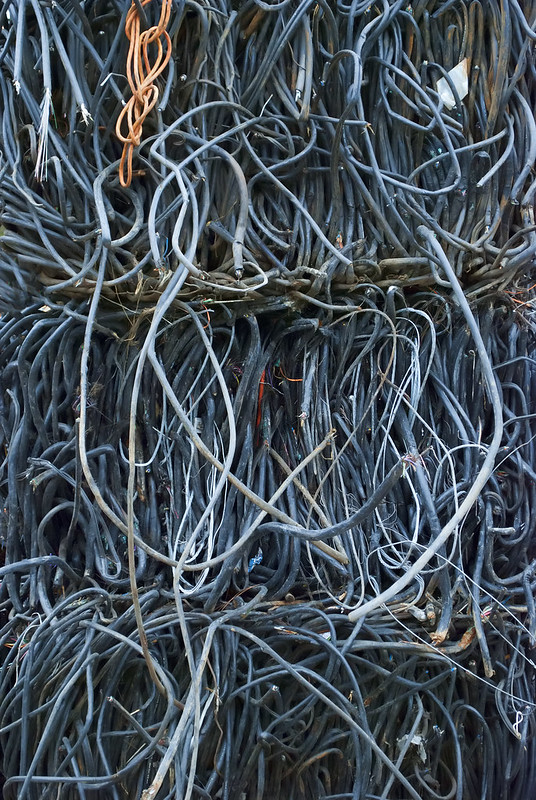Dealing with flickering light bulbs
There are many reasons why light bulbs flicker. (Photo Credits)
Flickering lights can be annoying especially when it starts to happen when the whole household is bustling.
But with the many resources available in the internet, it will be easy to find out why la certain light bulb at home is flickering.
The Spruce.com gave a lowdown on the many reasons why light bulbs may flicker. Among the reasons that they cited is a faulty connection. Build Safe
“A bad connection in your lamp or fixture’s on-off switch can result in flickering. Troubleshoot the connections by wiggling the on-off switch. If your lights dim, you have a bad switch. Replacing switches can be difficult. Call a professional if you’re unsure how to tackle this project. Plugs can also cause bad connections. Pull the plug out and straighten the prongs. Sometimes, bent or damaged prongs can create a bad connection.”
Check out the rest of the materials here.
Test the lights out first
The Family Handyman meantime advises its readers to run a certain test prior to calling for the services of an emergency electrician.
“Do you have bulbs that burn out quickly, lights that flicker, or a light fixture that simply doesn’t work even though there’s power to it? Try this 60-second fix before you call an electrician. Turn off the power to the fixture and use a non-contact voltage tester to make sure the power is off. Then reach into the bulb socket with a flat-blade screwdriver and gently pry up on the tab that’s centered at the bottom to restore good contact with the bulb.”
Electrician Conserving Electricity in the Kitchen
Take a look at the continuation of this article here.
Related Electrical Repair and Installation Services
- Emergency Electrical Repair Check Here
- 24 Hour Electrician Chula Vista, CA More info
- Carlsbad Electrician Repair Contractor Free Estimate
- Electrical Contractor in Oceanside Click Here
- San Marcos Electrician Office Location Official Website
- GforceElectrician Vista CA Free No Obligation Quote
The website Popular Mechanics meantime offered various possible solutions to a flickering light bulb issue.
Call up an Electrician before buying a new home
“Older fluorescent fixtures used a ‘starter’ (modern versions are self-starting) to fire up the gas in the tubes. When the starter doesn’t work, the light just flickers, never truly fully lit. In most fixtures, you need to remove the bulb to get at the starter, a round plug that sticks out through a hole in the housing. Check that the starter is seated properly in the housing and clicked into place. If it is, then it has become defective and needs to be replaced. Take the old starter to a hardware store or home center and buy a replacement with the same amp rating. Then plug it in and let there be (constant) light.”
Read the rest of the possible fixes here.
Fixing a flickering light can be easy, or could be complicated. If unsure of what to do with a flickering bulb in a home, always seek professional help from a certified licensed electrician.
Gforce Green Electric Solutions
2920 McGraw St San Diego, CA 92117
(858) 480-6559
Gforce Electrician San Diego California
The post What Flickering Lights Mean to an Electrician appeared first on GforceElectric.
This first appeared on Linda Song's Tumblr

